 During each loop in the Olympic 10K Marathon Swim, the swimmers will pass by two floating pontoons where their coaches will hand them drinks via feeding sticks (feeding poles).
During each loop in the Olympic 10K Marathon Swim, the swimmers will pass by two floating pontoons where their coaches will hand them drinks via feeding sticks (feeding poles). Each time the swimmers pass the floating feeding station, the coaches will arm themselves with a feeding sticks and the athlete's favorite drink.
These drinks include Gatorade, fortified water and as many concoctions as there are swimmers. Many athletes are fed different formulations during the race due to varying physiological needs.
During each feeding stop, the swimmers and coaches must synchronize their timing perfectly. Any error in timing and the swimmer's chances of getting his or her drink drops considerably.
As the coaches lean, kneel and stretch out as far on the race course as possible, the swimmers swing wide of the straight-line course to cruise pass the feeding station. The swimmers have just one shot at grabbing their cups that are delicately cradled on the coaches' feeding sticks.
Unlike NASCAR drivers who know where their pit crews are located, the swimmers do not know exactly where their coaches are positioned until they see them on the first loop.
As the swimmers fight for position coming into their first feeding, they expect the end of their feeding sticks to be slightly above the water's surface, facing just at their preferred angle, so they can quickly reach up and grab their own cup without breaking their stroke rhythm. If the coach-swimmer teamwork is successful, the swimmers reach up for their cup, roll on their backs, gulp their drink and resume swimming - all without losing momentum - within 2 seconds.
Despite the coach's best efforts, when a large pack of swimmers comes into the feeding station together, the coaches face additional problems. Sometimes, swimmers may grab or inadvertently hit other swimmer's feeding sticks or spill their competitor's cups. In these cases, no apologies are made...both swimmers and coaches simply chalk it up to bad luck and poor timing.
Secondly, if a pack 3, 4 or 5 swimmers wide come into the feeding station together, the feeding stick simply cannot reach the swimmer who is positioned furthest from the feeding station. In those cases, the swimmer usually turns up the course and accepts the unfortunate situation.
Third, when a very large group of swimmers heads towards the feeding station, all splashing and swimming very close to one another, the only thing that can be positively identified is a...very large group of swimmers splashing and thrashing close to one another. This is especially true with the men, who often remove their swim caps during races in warm water. Occasionally, as coaches stretch the feeding stick out to the thrashing pod of athletes, they notice their swimmers are in a different position and swimming away from the feeding station.
Occasionally, tempers flare and expletives in numerous languages can be heard; sometimes directed at others, sometimes direct at themselves.
Yet, an unwritten gentlemen's code of conduct is strictly followed at the feeding stations because every open water coach knows that if he or she were to fall in the water and disturb another swimmer, his or her own swimmer would be immediately disqualified.
The coach's formula is pretty simple. 4 feeds x 2 seconds each x 100% accuracy = potential Olympic gold.
In other words, 4 years of standing on pool decks, 4 years of walking along shorelines, 4 years of plotting strategy, 4 years of traveling the world to competitions - and the coach's best efforts can go up in smoke within 2 seconds.
So the pressure is on - the coaches.
Photo of the coaches by Dr. Jim Miller at the 2005 World Swimming Championships in Montreal.
Copyright © 2008 by World Open Water Swimming Association



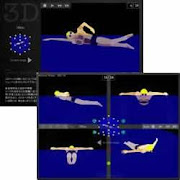




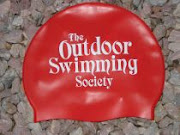

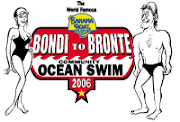


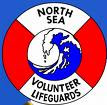
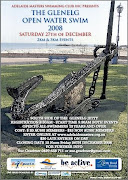





No comments:
Post a Comment